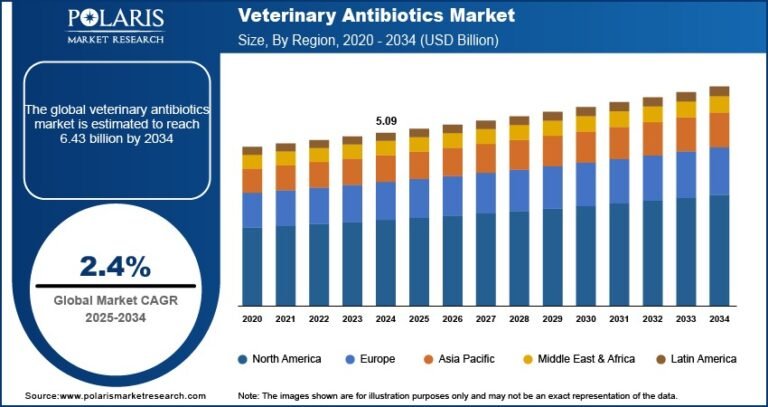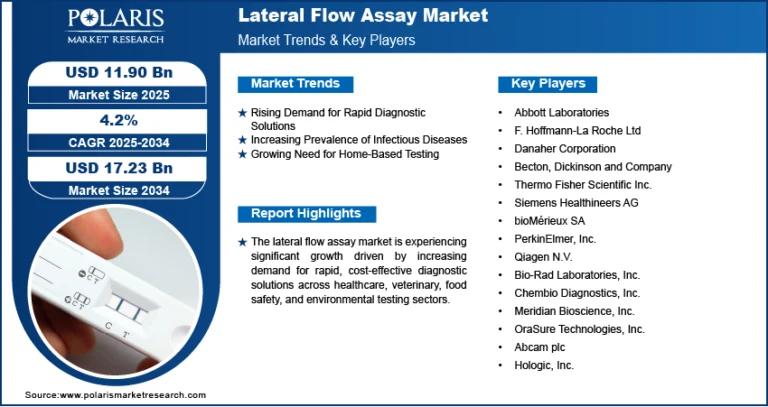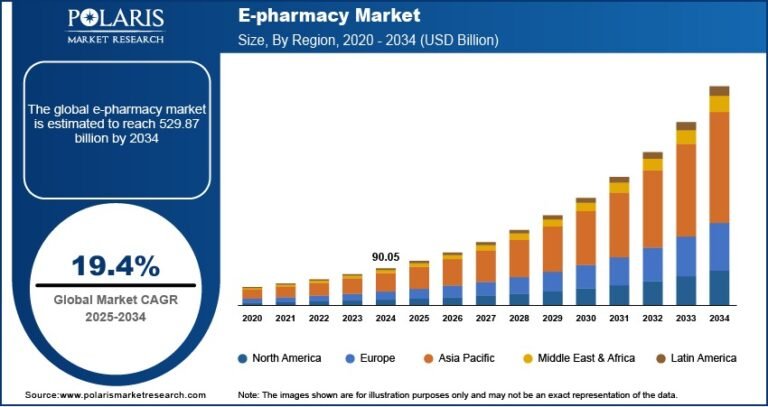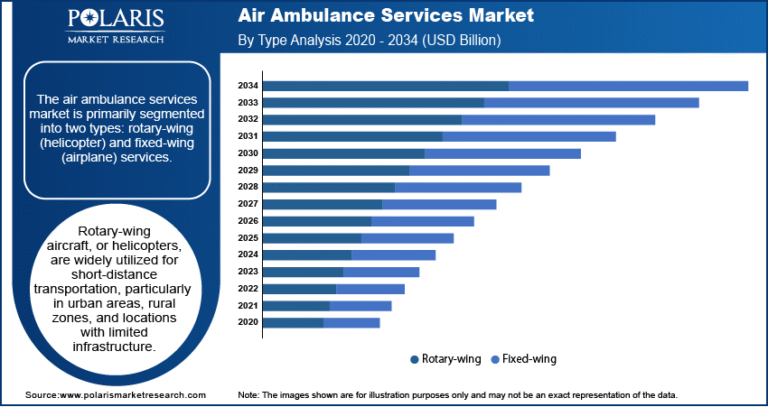Clinical Laboratory Tests Market Size, Share & Trends Analysis growing at a CAGR of 8.9% from 2025 to 2030
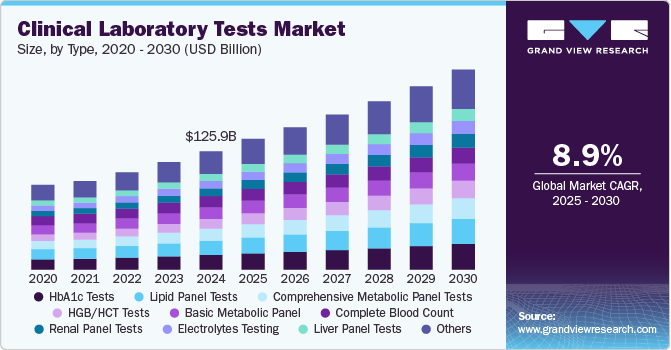
The global clinical laboratory tests market size was estimated at USD 125,949.8 million in 2024 and is projected to reach USD 213,044.8 million by 2030, growing at a CAGR of 8.9% from 2025 to 2030. As global life expectancy rises-most developed economies now witnessing averages exceeding 80 years-the demand for diagnostic testing is fueled by both the increasing burden of chronic conditions and the need for early disease detection and treatment management.
Key Market Trends & Insights
- In terms of region, North America was the largest revenue generating market in 2023.
- Country-wise, U.S. is expected to register the highest CAGR from 2024 to 2030.
- In terms of segment, hba1c tests accounted for a revenue of USD 14,091.5 million in 2023.
- HGB/HCT tests is the most lucrative type segment registering the fastest growth during the forecast period.
Market Size & Forecast
- 2024 Market Size: USD 125,949.8 Million
- 2030 Projected Market Size: USD 213,044.8 Million
- CAGR (2025-2030): 8.9%
- North America: Largest market in 2023
Request a free sample copy or view report summary: https://www.grandviewresearch.com/industry-analysis/clinical-laboratory-tests-market/request/rs1
A significant market driver is the high incidence of cardiovascular diseases and diabetes. The World Health Organization (WHO) reports that cardiovascular conditions, including heart disease and stroke, were responsible for roughly 17.9 million deaths globally in 2021. In parallel, the growing prevalence of diabetes has expanded the patient pool that requires clinical laboratory tests. Lifestyle changes, such as increased smoking rates, rising obesity levels, and irregular diets, have further contributed to the global burden of cardiovascular disease. Moreover, the increased risk of cardiovascular complications associated with SARS-CoV-2 infections underscores the critical role of laboratory tests in risk stratification and early intervention.
The aging population also significantly contributes to market expansion. Aging, influenced by a combination of genetic and environmental factors that affect immunity and metabolism, is associated with a progressive decline in organ function and an increased risk of infectious diseases. Clinical laboratory tests are essential in detecting nutrient deficiencies, monitoring organ functions (such as kidney, liver, or thyroid), and tracking the progression of various diseases. As demand for acute and long-term healthcare rises among the elderly, there is a proportional increase in the use of clinical laboratory testing for screening and diagnostic purposes.

